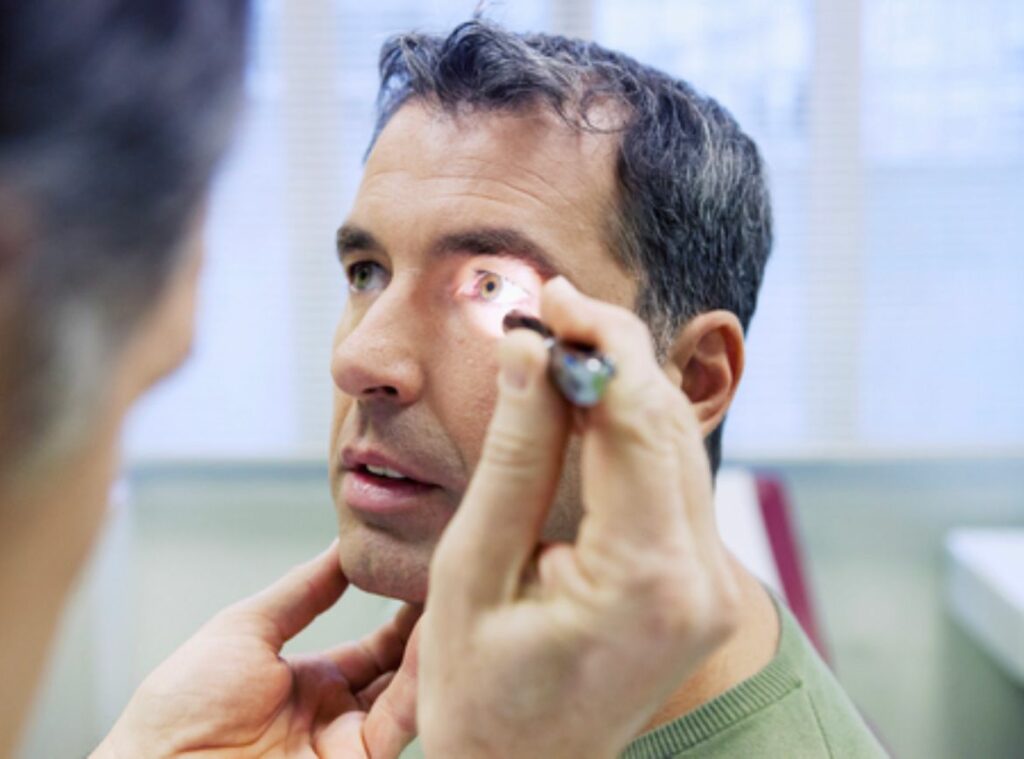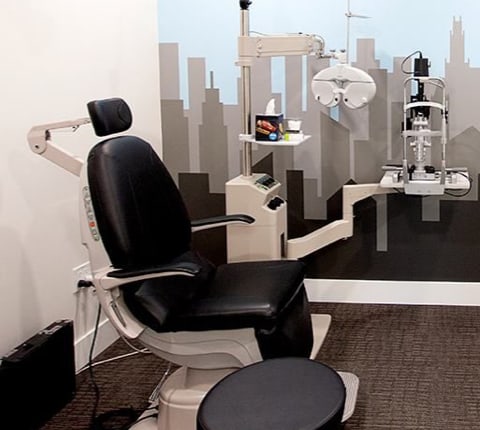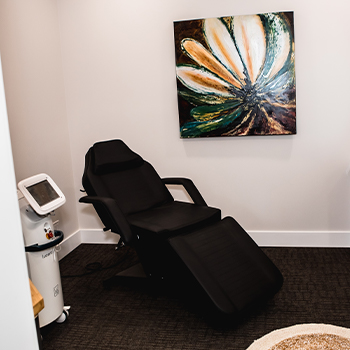Cataract surgery is a common and relatively straightforward procedure that involves removing the cloudy lens of the eye and replacing it with an artificial lens called an intraocular lens (IOL). Here’s an overview of the typical process:
- Preoperative Evaluation: Before the surgery, you’ll undergo a thorough examination by opthamologist. They will assess your eye health, measure the shape and size of your eye, and determine the most suitable IOL for your needs.
- Anesthesia and Sedation: On the day of the surgery, you will be given local anesthesia to numb the eye and ensure you’re comfortable throughout the procedure. You may also receive sedation to help you relax.
- Incision Creation: The surgeon will create a small incision in the cornea or the clear front surface of the eye. This incision may be made using a microkeratome (a precision knife) or a femtosecond laser, depending on the surgeon’s preference and the specific technology available.
- Capsulorhexis and Phacoemulsification: The surgeon will carefully create a circular opening in the thin membrane that surrounds the cataract-affected lens. This step, called capsulorhexis, allows them to access the cloudy lens. They will then use ultrasound energy or laser to break up the cataract into small fragments. Those fragments are gently suctioned out through a small probe, a process called phacoemulsification.
- IOL Implantation: With the cataract removed, the surgeon will insert an artificial IOL into the same capsular bag that held the cloudy lens. The IOL is typically made of clear, foldable material and is chosen based on your measurements and desired vision correction.
- Wound Closure: In most cases, the incision created during the surgery is self-sealing and does not require stitches. The tiny incision naturally heals over time.
- Postoperative Care: After the surgery, you’ll be given instructions on how to care for your eyes during the healing process. This may include using prescribed eye drops, avoiding certain activities, and attending follow-up appointments to monitor your progress.
Cataract surgery is usually performed on an outpatient basis, meaning you can go home the same day. The entire procedure typically takes less than 30 minutes, although it may vary based on individual circumstances.
Keep in mind that while cataract surgery is generally safe and effective, complications can rarely occur. It’s important to discuss any concerns or specific details with your eye care professional, who will guide you through each stage of the process and address any questions you may have.
Remember, cataract surgery has provided improved vision and enhanced quality of life for millions of people worldwide. From preoperative evaluation to postoperative care, your eye care team will be with you every step of the way. Wishing you a successful surgery and a brighter, clearer future! 👁️✨


































